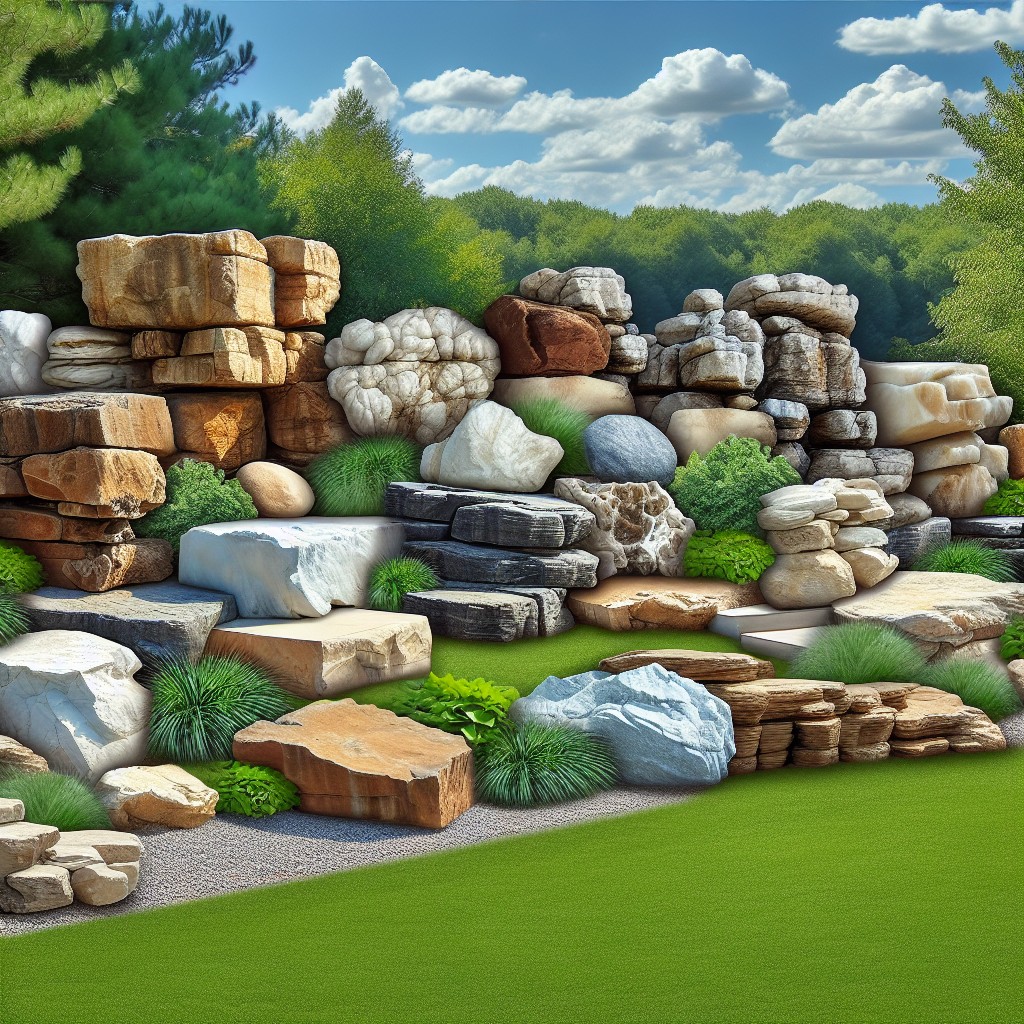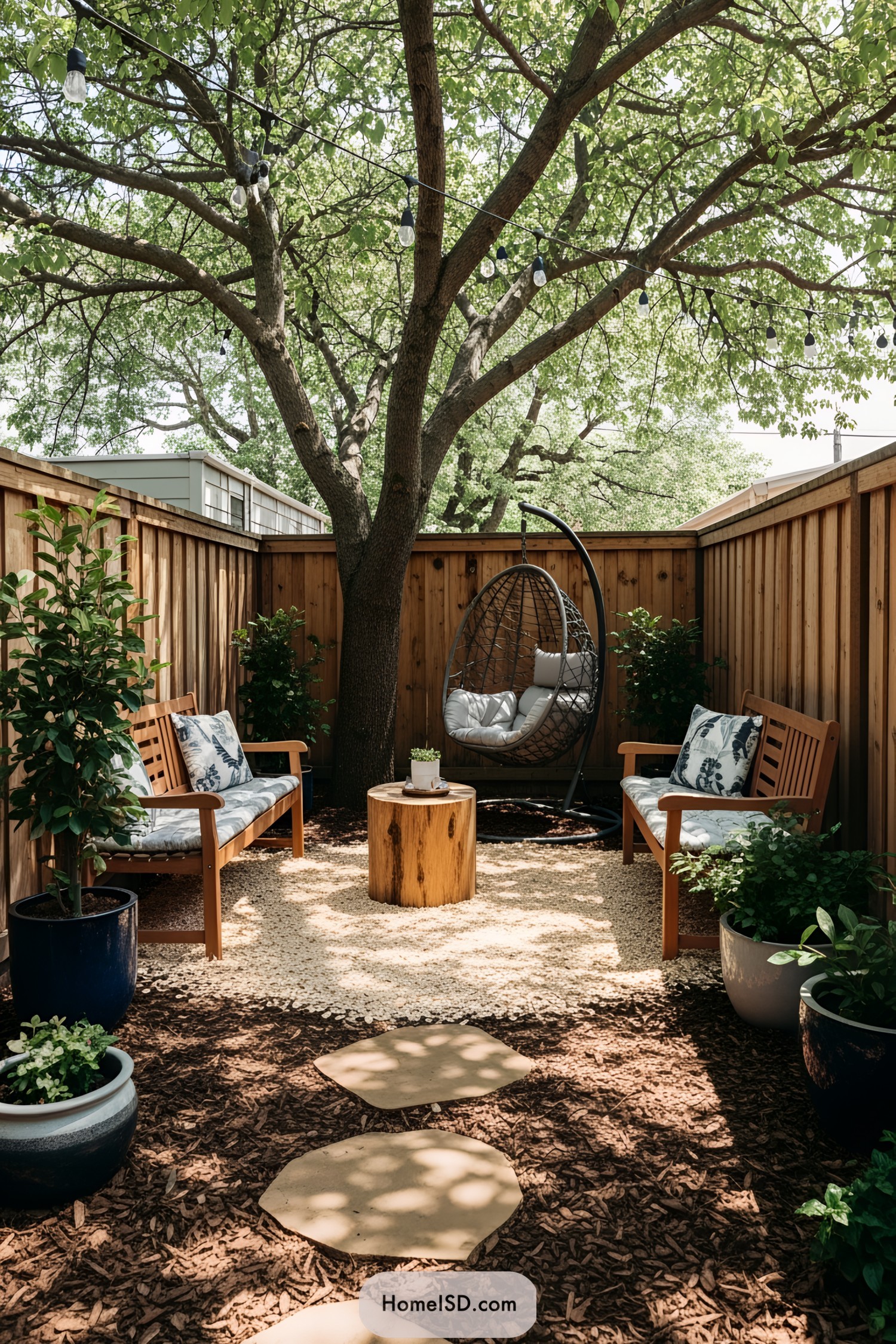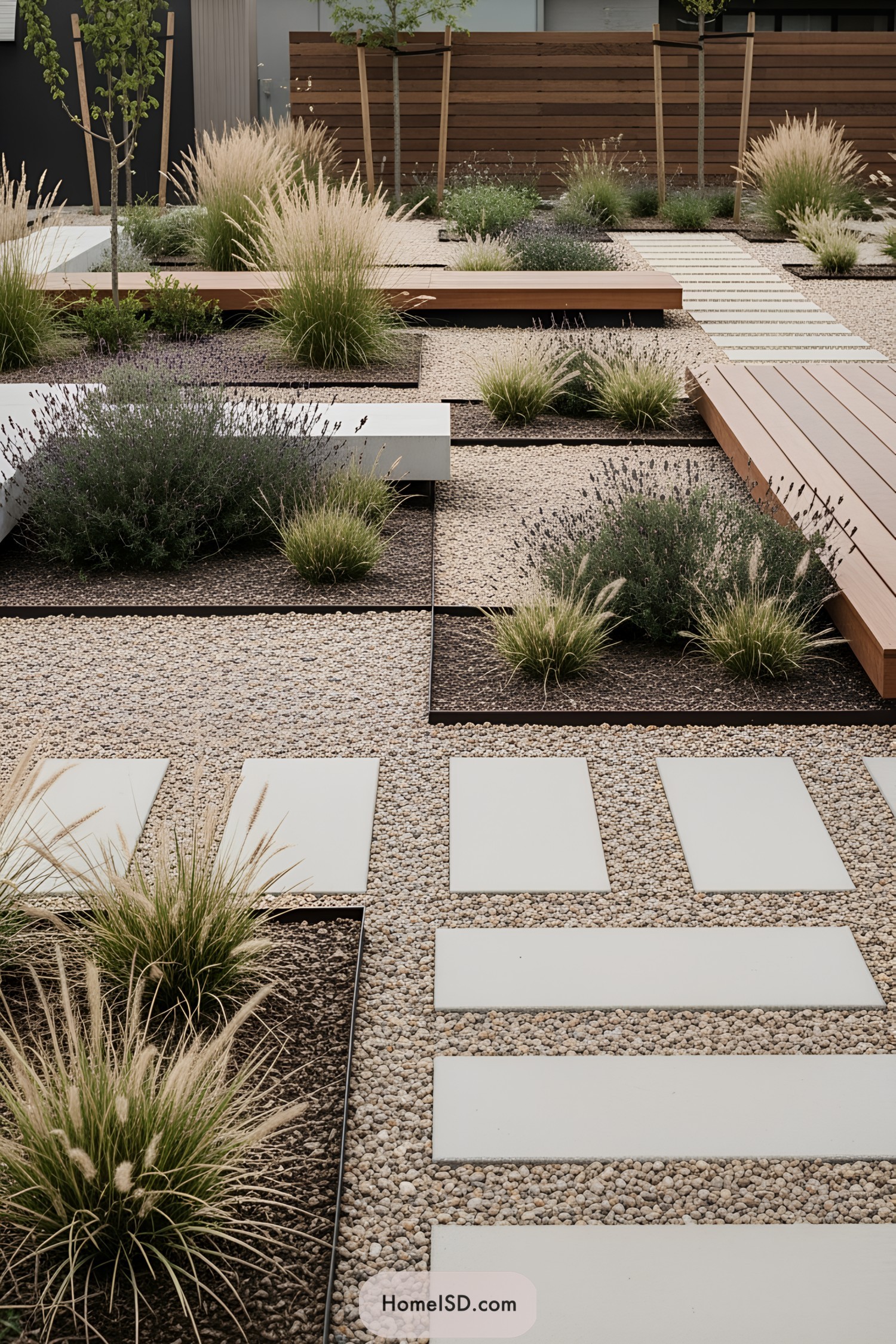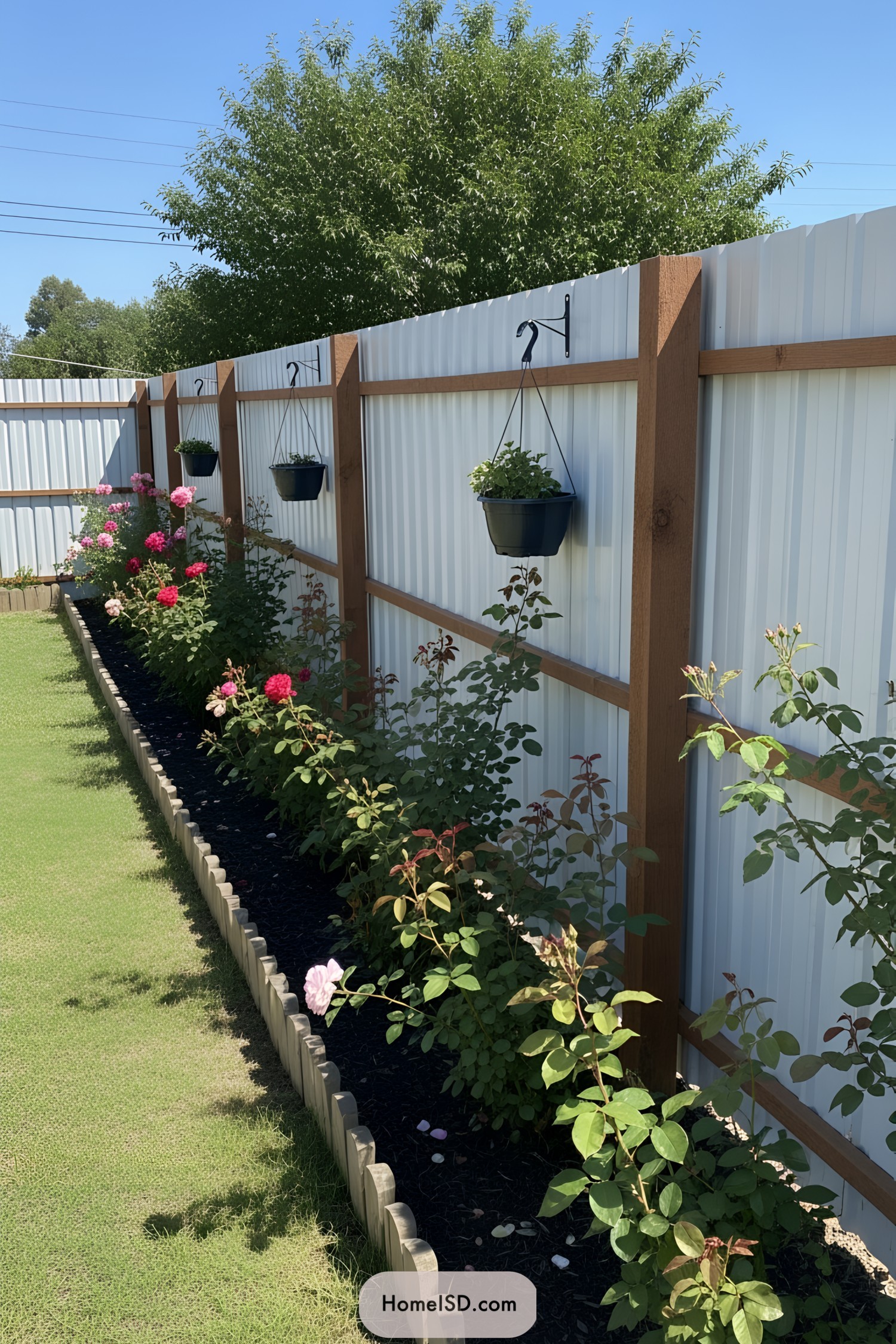Last updated on
Crushed granite is typically the most cost-effective choice for landscaping due to its durability and visual appeal.
Key takeaways:
- Pea gravel, crushed granite, and river rocks are cost-effective landscaping options.
- Pea gravel is affordable and versatile, but may require occasional maintenance.
- Crushed granite is durable and offers excellent drainage, but may require additional layers over time.
- River rocks provide an organic feel and minimal maintenance, but can be more expensive.
- Consider color, size, functionality, climate, and budget when choosing landscaping rocks.
Cheapest Rocks for Landscaping Overview

When considering economical options for landscaping rocks, key factors include availability, durability, and the visual appeal of the rocks. Affordable choices often encompass materials like pea gravel, crushed granite, and river rocks, each offering its own balance of cost-effectiveness and aesthetic value.
Pea gravel is widely accessible and easy to work with, making it a popular choice for pathways and mulch. Crushed granite, known for its stability and texture, serves well in driveways and as a base for patios. River rocks, with their smooth finish, contribute a natural look to garden beds and water features.
The prices for these stones vary based on location, quantity, and source, yet they remain among the most cost-efficient selections for homeowners seeking to enhance their exterior spaces.
Pea Gravel

Often heralded for its smooth texture and versatile aesthetic, pea gravel is a small, rounded stone that comes in a mix of colors. It’s ideal for creating walkways, filling spaces between flagstones, and providing a base for containers.
This stone type is popular for its affordability and ease of installation. With costs significantly lower than larger rocks or pavers, it caters to a budget-friendly landscaping project. However, it’s worth noting that pea gravel can shift over time, which may require occasional maintenance to keep pathways neat and even.
When estimating expenses, consider the depth of coverage and the area’s size, as prices can vary widely based on these factors and regional availability.
Pros and Cons of Pea Gravel
Pea gravel is a small, smooth, and rounded rock type favored for its aesthetic appeal and versatility. It often serves as a budget-friendly option for filling walkways, patios, and driveways. The natural colors blend well with various outdoor designs, providing a pleasing texture that complements garden elements.
However, due to its round shape, pea gravel can shift underfoot, which makes it less stable than other crushed stone types. This mobility means it may require occasional raking to maintain a neat appearance. Additionally, the loose nature of pea gravel can make it a challenge for areas that require a more solid surface for furniture or heavy foot traffic.
In terms of weed prevention, it’s a double-edged sword. While the gravel can inhibit growth, any soil that builds up between the stones may eventually support weeds. But with landscape fabric underneath, this concern reduces significantly. As for drainage, pea gravel offers excellent water permeability, promoting healthy soil and preventing water buildup.
Take note that while pea gravel is cost-effective, its price can vary depending on the local supply and delivery distance. Consider sourcing from local quarries to keep expenses at their lowest. Choose pea gravel for its visual appeal and functional benefits, but weigh these against the maintenance and stability factors, depending on the intended use in your landscape design.
Average Cost of Pea Gravel
When budgeting for your landscaping project, pea gravel stands out as an economical option. Typically, you can expect to pay between $25 to $40 per ton, though prices can vary based on local supply and demand. For smaller areas, pea gravel can also be bought by the bag, with costs ranging from $4 to $6 per bag, which generally covers about 0.5 cubic feet.
When estimating the total cost for your project, consider the depth of coverage you desire—usually, a depth of 2 inches is adequate. The price can also be influenced by delivery fees if you’re not picking up the gravel yourself. Calculating the square footage of your project area will help determine the overall amount of pea gravel needed and thus the cost. It’s always wise to buy a little extra to account for spillage or later additions.
Crushed Granite
Boasting durability and affordability, crushed granite is a stellar option for those looking to add a natural touch to their outdoor space without breaking the bank. While its earthy colors provide a cohesive look, it is also lauded for its excellent drainage capabilities, making it a practical choice for areas prone to heavy rain or floods.
One point of consideration is that its edges can be sharp, which may not be ideal for spaces frequented by barefoot visitors or pets. The cost of crushed granite can vary, yet it typically remains a budget-friendly choice for many homeowners, with average prices generally lying in the lower tier compared to other landscaping materials.
Installation is another highlight, as it’s relatively straightforward to lay down a layer of crushed granite. This can be a DIY project with proper planning or an easy task for a professional landscaper, resulting in a quick transformation of your outdoor scenery into a rustic, inviting area.
Pros and Cons of Crushed Granite
Crushed granite entices homeowners with its sleek, rustic aesthetic and assorted color palette, ranging from stark whites to deep, earthen browns. It bonds naturally, which helps to create a solid walking path or patio area that’s permeable and limits weed growth. Also, this rock is eco-friendly; it offers excellent drainage, allowing water to soak back into the earth rather than running off.
However, it’s not without drawbacks. The rough texture of crushed granite is less comfortable underfoot compared to softer options like pea gravel. Over time, it can also compact, leading to minimal drainage and a requirement for additional layers. Lastly, the initially low cost may rise with maintenance over the years, as it may need to be replenished or regraded to maintain its appearance and functionality.
Average Cost of Crushed Granite
Crushed granite, recognized for its rustic appeal and durability, is an economical choice for many homeowners. When it comes to cost, you can anticipate spending roughly $50 to $70 per cubic yard. For smaller projects, you might find bags of crushed granite available at about $4 to $6 per bag.
These figures are variable depending on local availability and supplier pricing. To secure the best deals, consider buying in bulk from a quarry if you require a significant amount. It’s also worth noting that delivery fees can add to the overall expense, particularly over longer distances. Keep an eye out for local suppliers offering special deals or discounts, which can further reduce your costs.
River Rocks
Smooth and varying in size, river rocks provide an organic feel to your outdoor space. These stones originate from riverbeds, making them rounded by the natural flow of water over time. Their polished surface reflects light, which can add a touch of glamour to the landscape.
While these stones are at the higher end of the cost spectrum compared to pea gravel and crushed granite, they are popular for their aesthetic and durability. The cost typically ranges from $0.05 to $0.35 per pound, but the investment pays off in longevity and minimal maintenance.
They’re ideal for drainage areas, such as around downspouts or in dry creek beds, effectively preventing soil erosion while adding visual appeal. Moreover, their weight keeps them in place during heavy rain, reducing the need for frequent replenishing.
To effectively incorporate river rocks into your landscaping, consider using them as a border for flower beds or as a mulch alternative. However, avoid using them in areas where you’ll be walking barefoot regularly, as their size can be uncomfortable underfoot.
Pros and Cons of River Rocks
River rocks, distinguished by their smooth and rounded appearance, can add an aesthetically pleasing element to any landscape. They are excellent for creating natural-looking dry riverbeds or adding texture to garden borders.
Unlike pea gravel or crushed granite, river rocks generally are larger and come in a variety of shapes and sizes, which can offer a distinct look to your outdoor space.
On the positive side, their larger size makes them less likely to be displaced than smaller pea gravel, making them a practical choice for areas with foot traffic. Their varied colors, from shades of gray to tan and brown, complement most landscapes and can hide dirt or leaf litter, reducing maintenance.
However, the characteristics that make river rocks attractive can also present drawbacks. Their weight and size mean they’re harder to spread than smaller gravel types, potentially leading to higher labor costs if you’re not installing them yourself. Because of their size, they also do not compact as well, making them unsuitable for pathways where a stable, flat surface is desired.
From a cost perspective, river rocks are generally more expensive than crushed granite or pea gravel, partly due to the weight and transport costs associated with their size. Considering these pros and cons is crucial in deciding whether river rocks are the most economical choice for your landscaping project.
Average Cost of River Rocks
River rocks, with their smooth and visually appealing texture, usually fall within the mid-range price bracket for landscaping stones. On average, costs can vary, typically running between $0.05 to $0.35 per pound. Factors influencing price include the rock’s size, with larger rocks commanding a higher price, and the color, as unique hues may increase the cost.
The geographical location and the availability in your area also play significant roles in determining the final price. When purchasing in bulk for significant landscaping projects, prices might decrease, offering the potential for savings. It’s essential to consider delivery fees, which can add to the overall expense, especially for heavy loads.
How to Choose the Best Landscaping Rocks
When selecting the ideal rocks for your landscaping, evaluate both aesthetic and practical factors for the best results.
- Consider the Color and Texture: Match the color scheme to your home’s exterior and existing landscape for cohesion. Texture adds visual interest and affects maintenance needs.
- Assess the Size Scale: Ensure the rock size is in harmony with the scale of your garden space and plants. Smaller rocks work well for cozy spaces while larger stones suit expansive areas.
- Determine Functionality: Decide if rocks will serve a structural purpose, such as for pathways or to aid in drainage. Different rock types have varying levels of durability and weight-bearing capacity.
- Local Climate: Some rocks may retain heat, making them less ideal in hot climates, or they might erode more quickly in areas with heavy rain.
- Environmental Considerations: Source locally to reduce your carbon footprint and consider the sustainability of the rock.
- Budget Allocation: Beyond the initial cost, factor in delivery charges and potential long-term maintenance when budgeting for your rock choice.
Tips for Maintaining Your Landscape Rocks
Maintaining the aesthetic and structural integrity of your landscape rocks ensures they serve their purpose effectively. Regular cleaning is crucial; remove debris and leaves to prevent a disheveled appearance and deter pests. A simple rinse with a hose can wash away dust and dirt, revitalizing the rocks’ natural color.
Over time, small pieces may scatter; rake them back into place to maintain a neat, cohesive look. Weed prevention is another essential step. Applying a pre-emergent herbicide or landscaping fabric beneath the rocks can reduce weed growth significantly, making upkeep easier.
Periodically, check for sinking rocks, especially in areas with frequent foot traffic or heavy rainfall. This could indicate soil erosion underneath. If necessary, add more rocks to level the surface, ensuring a solid, even ground cover. With these proactive maintenance steps, your landscape rocks will retain their beauty and functionality for years to come.
Recap




